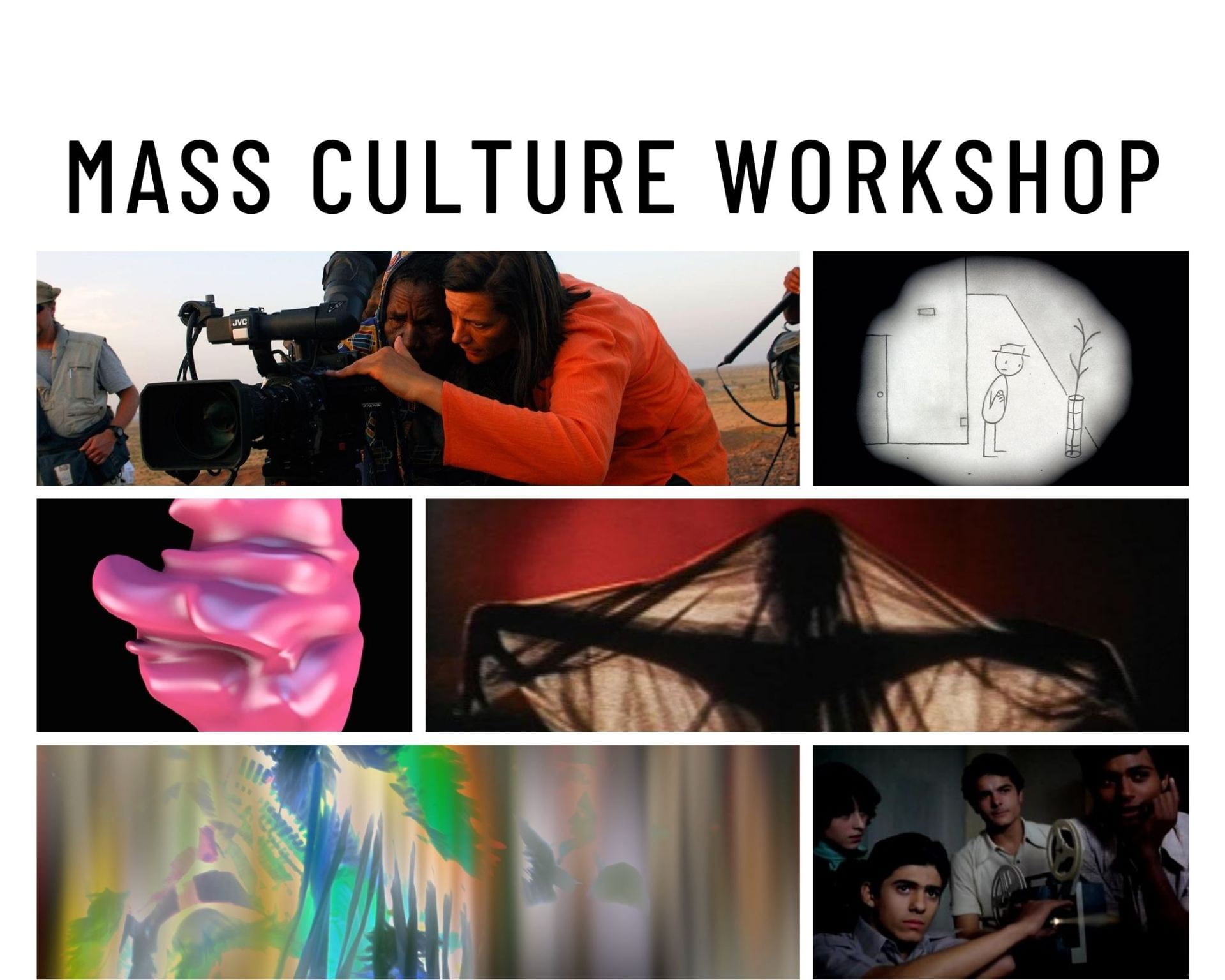Please join us on Friday, October 14th at 10:30AM in Cobb 311 as we welcome Jordan Schonig, Ph.D. Candidate in Cinema and Media Studies. Jordan will be discussing his dissertation chapter-in-progress, “Habitual Gestures: Postwar Realism, Embodied Agency, and the Inscription of Bodily Movement.”
Jordan’s paper is available for download here.
Please email either Katerina Korola [katerinakorola@uchicago.edu] or Dave Burnham [burnham@uchicago.edu] for the password.
Habitual Gestures: Postwar Realism, Embodied Agency, and the Inscription of Bodily Movement
In one of the most paradigmatic sequences of post-war realism in film history, Maria the young maid is shown toiling about the kitchen in Vittorio de Sica’s Umberto D, performing actions and everyday gestures that would generally be elided in classical narration. Most critical accounts examine such gestures as instruments of non-narrative cinematic temporalities. For Andre Bazin, Maria’s gestures helped foster a “cinema of ‘duration,’” and likewise for Gilles Deleuze, such gestures would epitomize the time-image, a cinema in which the movement of narrative action is subordinated to the flow of lived time.
But what if we don’t take such gestures simply as instruments of cinematic time, but rather consider them as forms of movement unto themselves? My chapter argues that what I call habitual gestures—such as walking, sitting, smoking cigarettes, lighting matches, washing dishes, grinding coffee—produce a unique form of cinematic realism not simply because they suspend the flow of narrative action, but because such gestures encourage our attention to ordinarily overlooked forms of bodily motion. As Walter Benjamin observed in his “Work of Art” essay, while we “hardly know what really goes on” in the “familiar routine” of reaching for a spoon, cinematographic inscription never fails to pick up the exact muscular twitches that make up such a habitual gesture. I argue that the aesthetics of habitual gestures puts this epistemological capacity of cinematographic inscription to a realist aesthetic enterprise, foregrounding both the overlooked details of bodily movement and the autonomy of bodily habit that lies beneath the artifice of performance.
Examining habitual gestures across a range of films emblematic of post-war realism, including the laboring bodies of De Sica’s films, the ordinary gestures of a WWII veteran amputee in Wyler’s Best Years of Our Lives, and the skilled manual techniques in the films of Robert Bresson, I show how an aesthetics of habitual gestures compels our attention to the invisible bodily movements between and within willed actions, and in doing so foregrounds the body’s non-conscious and automatic ways of moving. Reading such gestures alongside the notion of “bodily habit” in the philosophy of Maurice Merleau-Ponty, I argue that an aesthetics of habitual gestures not only helps us articulate the reality effects of bodily movement, but also can help rethink film theory’s fundamental assumptions about the relations between agency, performance, and the cinematographic inscription of the moving body.
Jordan Schonig is a sixth-year PhD candidate in Cinema and Media Studies at the University of Chicago. His dissertation, Cinema’s Motion Forms: Inscribed Motion and the Problems of Film Theory, rethinks central debates in film theory by examining the phenomenology of cinematic motion. He is broadly interested in the intersections between philosophical aesthetics and film theory, phenomenological approaches to film studies, and genealogies of modernism in film and the other arts.
Refreshments will be provided.
**Persons with a disability who believe they may need assistance, please contact either Katerina Korola [katerinakorola@uchicago.edu] or Dave Burnham [burnham@uchicago.edu].**
